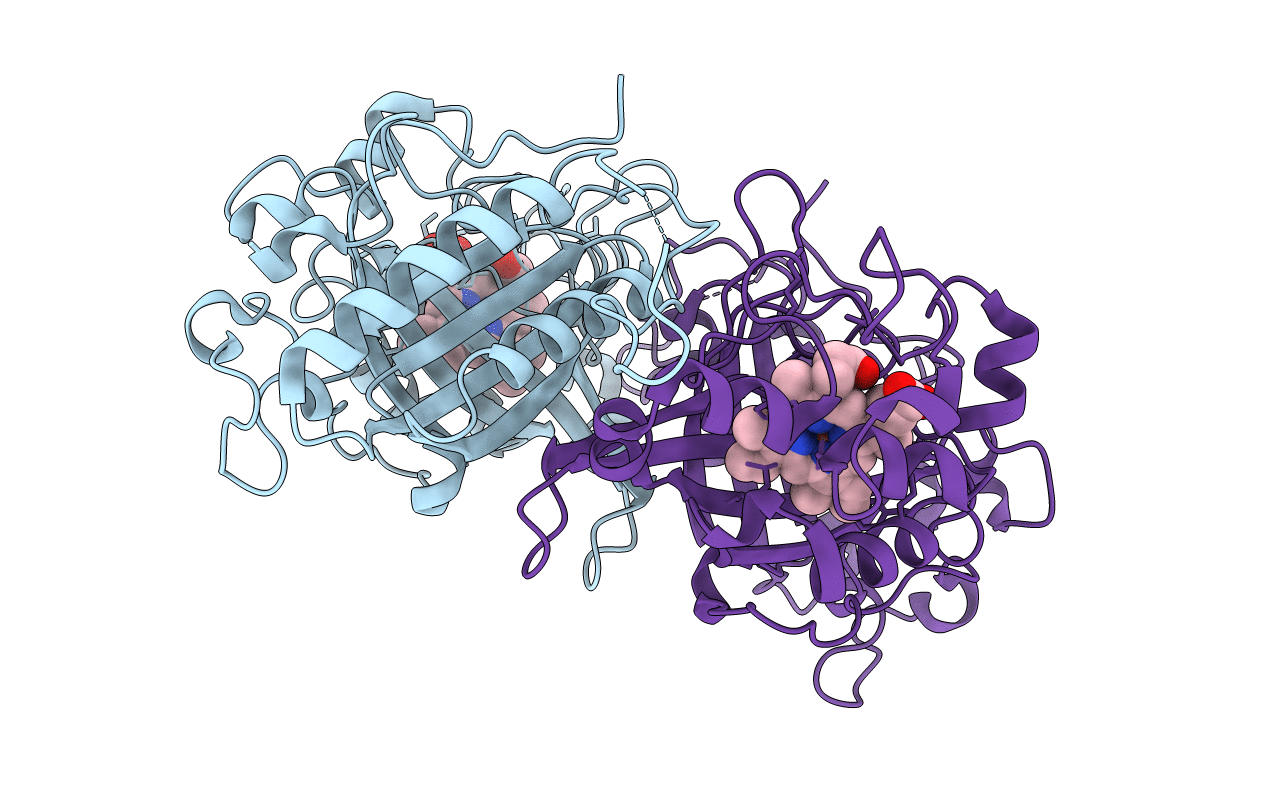
Deposition Date
2021-08-27
Release Date
2021-10-27
Last Version Date
2024-01-31
Entry Detail
PDB ID:
7PKX
Keywords:
Title:
Crystal structure of a DyP-type peroxidase from Bacillus subtilis in P3121 space group
Biological Source:
Source Organism:
Bacillus subtilis (Taxon ID: 1423)
Host Organism:
Method Details:
Experimental Method:
Resolution:
2.49 Å
R-Value Free:
0.19
R-Value Work:
0.19
R-Value Observed:
0.19
Space Group:
P 31 2 1


